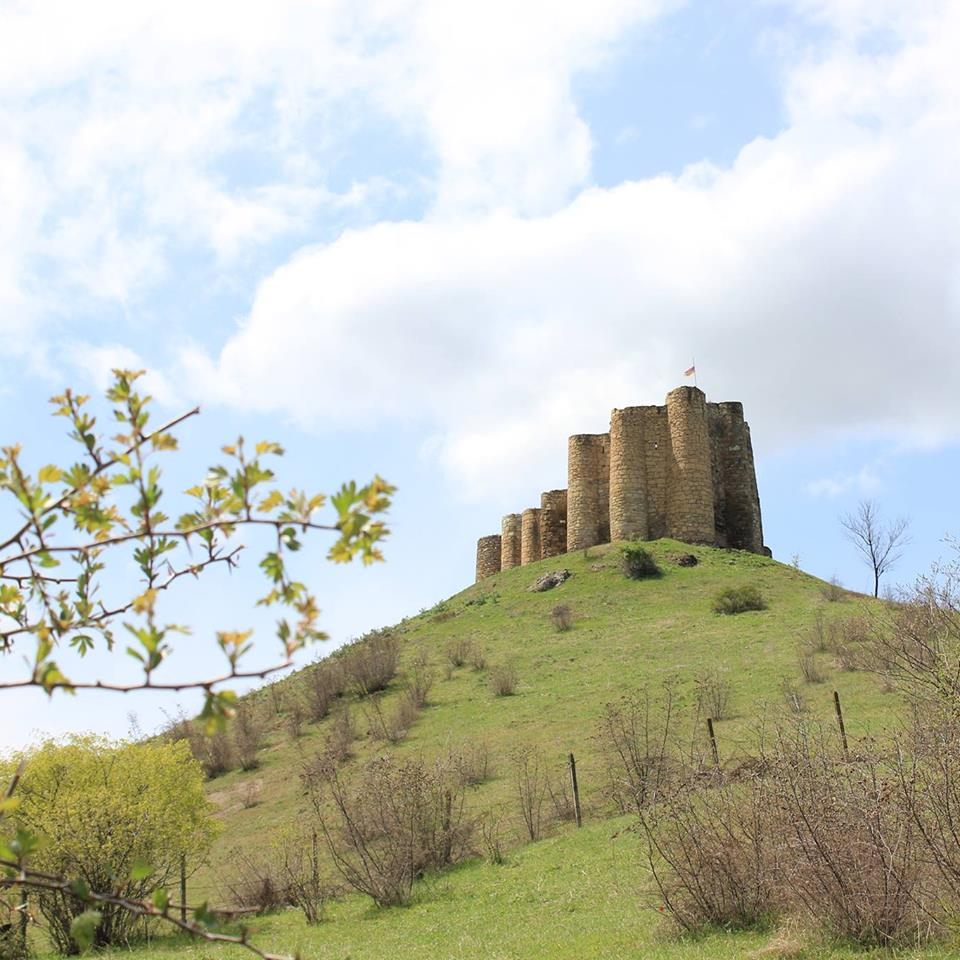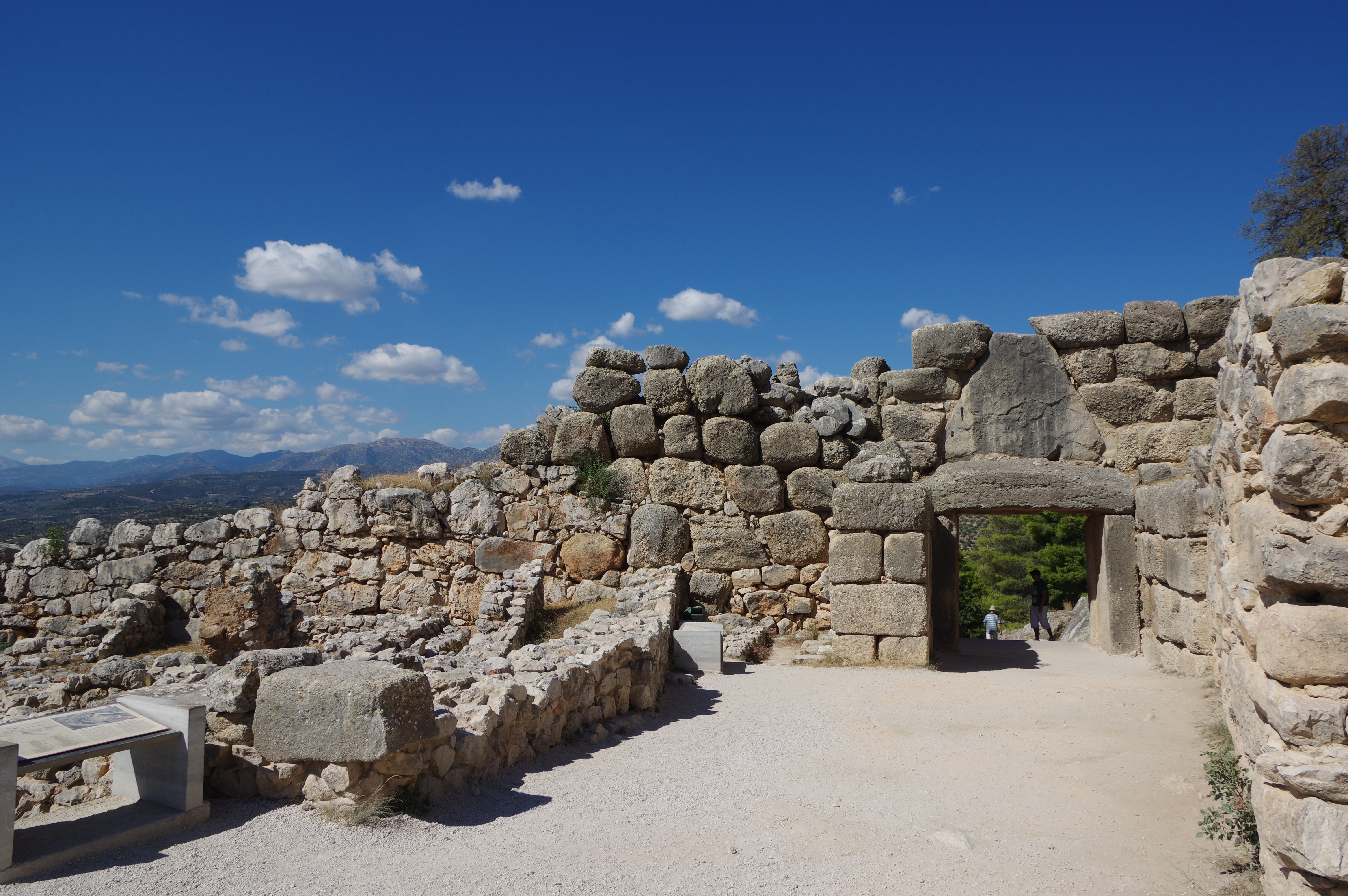|
Koghb, Armenia
Koghb ( hy, Կողբ) is a village and rural community in the Noyemberyan Municipality of the Tavush Province of Armenia, located near the town of Noyemberyan. Historical heritage Koghb has many religious heritage sites, including the Mshkavank Monastery located on a mountain 3–4 km southwest of the village, which contains a restored 5th-century St. Astvatsatsin Church, the 5th-6th-century Tsghakhach Church, the 6th-century Tvarageghtsi Church and a 12th-13th century cemetery. Northwest of Koghb are the ruins of the Surb Arakel shrine in the old Arakelots village. There are also many forts in the vicinity of the village, including, the Berdategh cyclopean fort 1.5 km to the southeast, and the fort of Gharanots Gol close by. 10 km west of Koghb are two cyclopean forts, Zikurati and Kozmani, with Bronze Age The Bronze Age is a historic period, lasting approximately from 3300 BC to 1200 BC, characterized by the use of bronze, the presence of writing in some areas, and ... [...More Info...] [...Related Items...] OR: [Wikipedia] [Google] [Baidu] |
Armenia
Armenia (), , group=pron officially the Republic of Armenia,, is a landlocked country in the Armenian Highlands of Western Asia.The UNbr>classification of world regions places Armenia in Western Asia; the CIA World Factbook , , and ''Oxford Reference Online'' also place Armenia in Asia. It is a part of the Caucasus region; and is bordered by Turkey to the west, Georgia to the north, the Lachin corridor (under a Russian peacekeeping force) and Azerbaijan to the east, and Iran and the Azerbaijani exclave of Nakhchivan to the south. Yerevan is the capital, largest city and the financial center. Armenia is a unitary, multi-party, democratic nation-state with an ancient cultural heritage. The first Armenian state of Urartu was established in 860 BC, and by the 6th century BC it was replaced by the Satrapy of Armenia. The Kingdom of Armenia reached its height under Tigranes the Great in the 1st century BC and in the year 301 became the first state in the world to adopt ... [...More Info...] [...Related Items...] OR: [Wikipedia] [Google] [Baidu] |
Provinces Of Armenia
Countries' first-level (top-level) administrative division Administrative division, administrative unit,Article 3(1). country subdivision, administrative region, subnational entity, constituent state, as well as many similar terms, are generic names for geographical areas into which a particular, ind ...s. ''Please note:'' This category's subcategories contain articles on each subdivision of the country while each directly included article considers the subdivisions structure of the country. ''Further note:'' This category's subcategories are indexed according to country, but its directly included articles are not: they are indexed by type of subdivision (provinces, counties, etc). Articles with non-English subdivision terms in their titles either have their redirects indexed instead, or are indexed by the common English translation for said subdivision. This facilitates comparisons between similarly named subdivisions. {{CatAutoTOC 1st-level ... [...More Info...] [...Related Items...] OR: [Wikipedia] [Google] [Baidu] |
Tavush Province
Tavush ( hy, Տավուշ, ) is a province of Armenia located at the northeast of Armenia, bordered by Georgia from the north and Azerbaijan from the east. Internally, Tavush borders the Gegharkunik Province from the south, Kotayk Province from the southwest, and the Lori Province from west. The capital and largest city of the province is the town of Ijevan. Etymology The name of the province is derived from ''Tavush''; a variant of the original name of ''Tuchkatak'' canton of the historic Utik province of Ancient Armenia. It first appeared during the 9th century as the name of the 9th-century Bagratid fortress near modern-day Berd. Geography Tavush has an area of 2,704 km² (9% of total area of Armenia). It occupies the northeastern part of Armenia. It is bordered by Georgia to the north and Azerbaijan to the east. Domestically, it is bordered by the Gegharkunik Province from the south, Kotayk Province from the southwest and Lori Province from west. The territory is m ... [...More Info...] [...Related Items...] OR: [Wikipedia] [Google] [Baidu] |
Municipalities Of Armenia
A municipality in Armenia referred to as community ( hy, համայնք ''hamaynk'', plural: hy, համայնքներ ''hamaynkner''), is an administrative subdivision consisting of a settlement ( hy, բնակավայր ''bnakavayr'') or a group of settlements ( hy, բնակավայրեր ''bnakavayrer'') that enjoys local self-government. The settlements are classified as either towns ( hy, քաղաքներ ''kaghakner'', singular hy, քաղաք ''kaghak'') or villages ( hy, գյուղեր ''gyugher'', singular ( hy, գյուղ ''gyugh''). The administrative centre of a community could either be an urban settlement (town) or a rural settlement (village). Two-thirds of the population are now urbanized. As of 2017, 63.6% of Armenians live in urban areas as compared to 36.4% in rural. As of the end of 2017, Armenia has 503 municipal communities (including Yerevan) of which 46 are urban and 457 are rural. The capital, Yerevan, also has the status of a community. Each municipal ... [...More Info...] [...Related Items...] OR: [Wikipedia] [Google] [Baidu] |
Noyemberyan Municipality
Tavush ( hy, Տավուշ, ) is a province of Armenia located at the northeast of Armenia, bordered by Georgia from the north and Azerbaijan from the east. Internally, Tavush borders the Gegharkunik Province from the south, Kotayk Province from the southwest, and the Lori Province from west. The capital and largest city of the province is the town of Ijevan. Etymology The name of the province is derived from ''Tavush''; a variant of the original name of ''Tuchkatak'' canton of the historic Utik province of Ancient Armenia. It first appeared during the 9th century as the name of the 9th-century Bagratid fortress near modern-day Berd. Geography Tavush has an area of 2,704 km² (9% of total area of Armenia). It occupies the northeastern part of Armenia. It is bordered by Georgia to the north and Azerbaijan to the east. Domestically, it is bordered by the Gegharkunik Province from the south, Kotayk Province from the southwest and Lori Province from west. The territory is m ... [...More Info...] [...Related Items...] OR: [Wikipedia] [Google] [Baidu] |
Statistical Committee Of Armenia
The Statistical Committee of Armenia (Armenian: Հայաստանի վիճակագրական կոմիտե) is the national statistical agency of Armenia. History The statistical institution started its main activities on 7 January 1922 and was previously known as the Statistical Department of Soviet Socialist Republic of Armenia. It was also previously known as: - National Statistical Service of the Republic of Armenia (May 2000- April 2018) - Ministry of Statistics, State Register and Analysis of the Republic of Armenia (April 1998-May 2000), - State Department of Statistics, State Register and Analysis of the Republic of Armenia (1992-1998), - State Statistical Committee of the Soviet Socialist Republic of Armenia (1987-1992). International cooperation Armenia joined the International Monetary Fund's Special Data Dissemination Standard on 7 November 2003, being the third member of the Commonwealth of Independent States to join. From 1 January 2009, Armenia was a member ... [...More Info...] [...Related Items...] OR: [Wikipedia] [Google] [Baidu] |
Census In Armenia
Census in Armenia is a population census conducted in Armenia about every 10 years with the purpose of capturing exact data on demographics in the country. Demographic trends While Armenians formed a consistent majority, Azerbaijanis were historically the second largest population in the republic under Soviet rule (forming about 2.5% in 1989classification of world regions places Armenia in Western Asia; the CIA World Factbook , , and ''Ox ... Demographics of Armenia ... [...More Info...] [...Related Items...] OR: [Wikipedia] [Google] [Baidu] |
Armenia Time
Armenia Time (AMT) is a time zone used in Armenia. Armenia Time is four hours ahead of UTC at UTC+04:00. Clock time is about one hour later than solar noon in Armenia. Consequently, population activity hours are similar to those in Paris or Barcelona, which have about the same shift to solar time. They are about one hour later compared to those in Berlin and Vienna, and are two hours later than those in Warsaw and New York. Daylight saving time Armenia does not utilize Daylight saving time. The Government of Armenia issued a decree that cancelled the observance of daylight saving time, otherwise known as Armenia Summer Time (AMST) in 2012. Other time zones in UTC +4 Some time zones exist that have the same offset as AMT, but can be found under a different name in other countries, these include: [...More Info...] [...Related Items...] OR: [Wikipedia] [Google] [Baidu] |
Noyemberyan
Noyemberyan ( hy, Նոյեմբերյան) is a town and urban municipal community in the northeast of Armenia, within the Tavush Province. It is located 2 km west of the Armenia-Azerbaijan border and 9 km south of the Armenia-Georgia border. As of the 2011 census, the population of the town was 5,310. As per the 2016 official estimate, the population of Noyemberyan is around 4,900. Etymology Noyemberyan was known as ''Barana'' ( hy, Բարանա) until 1937. According to historian Makar Barkhudaryants, the old name ''Barana'' or ''Parana'' ( hy, Պարանա) is a dialectical form of the Armenian word ''aparan'' ( hy, ապարան), meaning ''palace''. In 1938, it was renamed ''Noyemberyan'' (meaning the ''city of November'') by the Soviets to commemorate the entry of the Soviet Red Army into Armenia that took place on November 29, 1920. History Historically, the area of modern-day Noyemberyan was part of the ''Koghbapor'' ( hy, Կողբափոր) canton of Gugark ... [...More Info...] [...Related Items...] OR: [Wikipedia] [Google] [Baidu] |
Cyclopean Masonry
Cyclopean masonry is a type of stonework found in Mycenaean architecture, built with massive limestone boulders, roughly fitted together with minimal clearance between adjacent stones and with clay mortar or no use of mortar. The boulders typically seem unworked, but some may have been worked roughly with a hammer and the gaps between boulders filled in with smaller chunks of limestone. The most famous examples of Cyclopean masonry are found in the walls of Mycenae and Tiryns, and the style is characteristic of Mycenaean fortifications. Similar styles of stonework are found in other cultures and the term has come to be used to describe typical stonework of this sort, such as the old city walls of Rajgir. The term comes from the belief of classical Greeks that only the mythical Cyclopes had the strength to move the enormous boulders that made up the walls of Mycenae and Tiryns. Pliny's ''Natural History'' reported the tradition attributed to Aristotle, that the Cyclopes were t ... [...More Info...] [...Related Items...] OR: [Wikipedia] [Google] [Baidu] |
Bronze Age
The Bronze Age is a historic period, lasting approximately from 3300 BC to 1200 BC, characterized by the use of bronze, the presence of writing in some areas, and other early features of urban civilization. The Bronze Age is the second principal period of the three-age system proposed in 1836 by Christian Jürgensen Thomsen for classifying and studying ancient societies and history. An ancient civilization is deemed to be part of the Bronze Age because it either produced bronze by smelting its own copper and alloying it with tin, arsenic, or other metals, or traded other items for bronze from production areas elsewhere. Bronze is harder and more durable than the other metals available at the time, allowing Bronze Age civilizations to gain a technological advantage. While terrestrial iron is naturally abundant, the higher temperature required for smelting, , in addition to the greater difficulty of working with the metal, placed it out of reach of common use until the end o ... [...More Info...] [...Related Items...] OR: [Wikipedia] [Google] [Baidu] |



